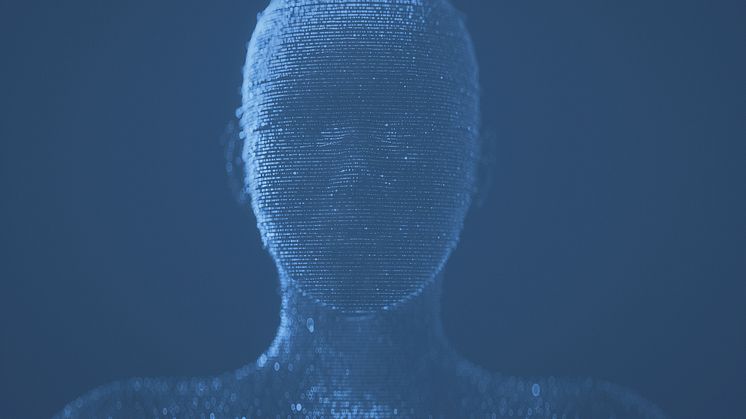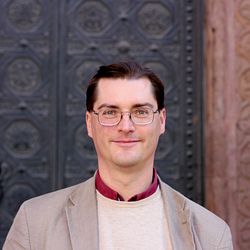
Press release -
“Seductive Character” > Section for the Literary Arts and Humanities shows limits of transhumanism
Goetheanum, Dornach, Switzerland, 21 December 2022
The transhumanist concept promises perfection and holds out the prospect of the replacement of the human being by technology. The Section for the Literary Arts and Humanities at the Goetheanum is exploring this concept in terms of categories of humanness such as different aspects of the body, thinking, freedom, activity and mortality.
“There is probably hardly an area of life any more in which we have not handed over or could not hand over responsibility and decision-making to a seemingly better and more effective technical system,” observe Ariane Eichenberg and Christiane Haid from the Section for the Literary Arts and Humanities at the Goetheanum. The transhumanist approach strives to perfect humans and replace them in the way they currently exist. Since 2018, the Section for the Literary Arts and Humanities at the Goetheanum has been investigating this notion in terms of its coherence in relation to essential traits of what it is to be human.
Part of being human are sensory perceptions, thinking and the ability to be universal and creative. Technologies follow the algorithms written into them. They do not operate in freedom, which is at best simulated by random generators. Signal processing without processes of consciousness takes the place of perceptions. If thinking were based solely on fundamentals such as those provided by technology, all people would have to think the same, or – for example through mutations in the genetic make-up – thinking would be left to chance, which would contradict the concept of thinking as the self-active control of processes of consciousness.
Technologies are a product of humans – they do not organise themselves – and they model and recreate corresponding processes; their limited tasks lead to remarkable results that are reminiscent of specialisations in the animal kingdom, but they do not thereby capture the nature as a whole of the human being.
In his analysis of film-making in the magazine ‘Stil’, the doctor Sebastian Lorenz points out how transhumanism works: “In terms of overcoming the human body and human limits, the imaginative programme, the seductive character and the addiction-like, additive consistency of the moving images are an excellent, boundless agent”.
(2241 characters/SJ; English by Christian von Arnim)
Conference (in German) Das Ende des Menschen? Wege durch und aus dem Transhumanismus, Goetheanum, 24 to 26 March 2023
‘Stil’ (in German) Transhumanismus, published by the Section for the Literary Arts and Humanities, the Visual Art Section, and the Section for the Performing Arts, 76 pages, Verlag am Goetheanum, 2022, CHF 20
Contact person Christiane Haid
Related links
Categories
The Goetheanum is the headquarters for the School of Spiritual Science and the General Anthroposophical Society. The School of Spiritual Science with its eleven sections is active worldwide in research, development, teaching, and the practical implementation of its research findings and is supported by the Anthroposophical Society.



